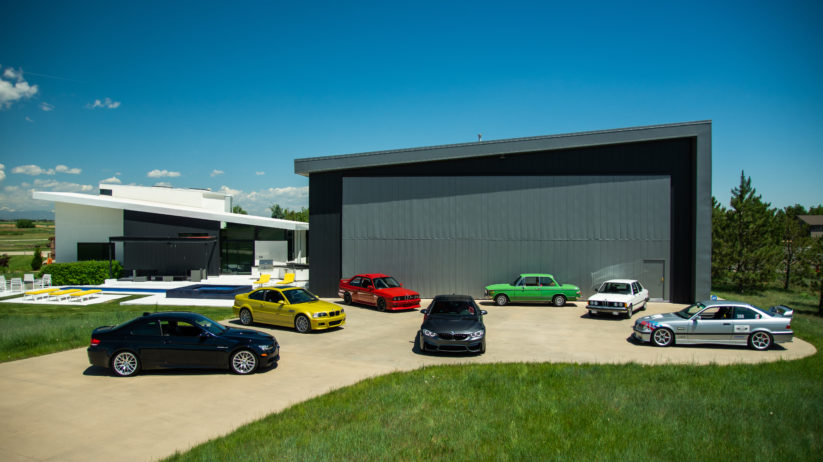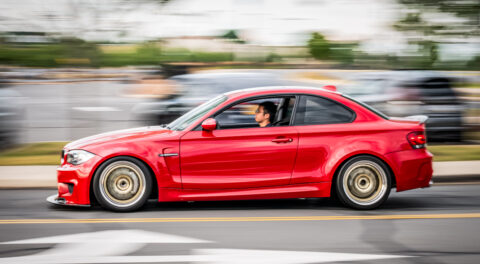With the introduction of the G20 earlier this year, BMW marked the seventh generation of the 3 Series. The 3 Series has always been the benchmark sport sedan, giving the G20 some serious shoes to fill. With no manual gearbox for the U.S. market, and the 3 Series wagon replaced by a crossover in every shape and size, the G20 has its work ahead of it, but initial reviews have been overwhelmingly positive, and I am optimistic that it is up to the job. Nonetheless, I thought that this might be a good opportunity to take a look at the past 3 Series that have set the bar so high.

Six Generations of the BMW 3 Series and a 2002 for good measure.
With the recent acquisition of an E21 3 Series through my side business, and a generous neighbor offering to lend his F82 M4—yes, I consider the M4 a 3 Series—we had a 3 Series of each generation, plus a 2002 for good measure. The 2002 is important, because even though it wasn’t called a 3 Series, in many ways it was the first 3 Series BMW; it was the first compact sport sedan that BMW offered, being smaller and lighter than the Neue Klasse sedans that resurrected the brand from near bankruptcy.
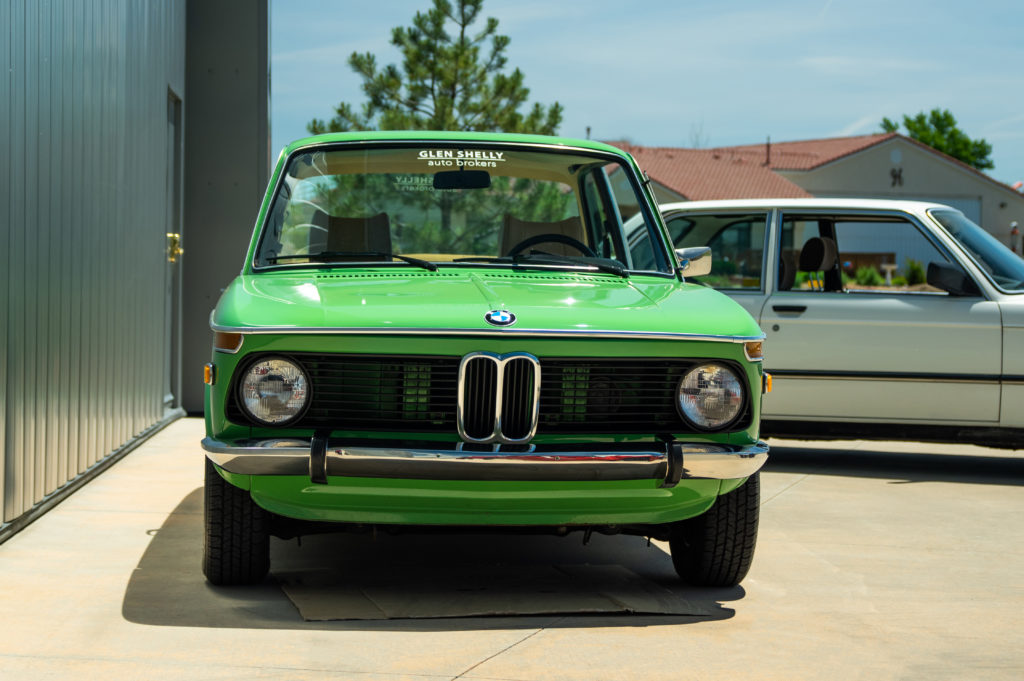
In many ways the 2002 was the first 3 Series BMW.
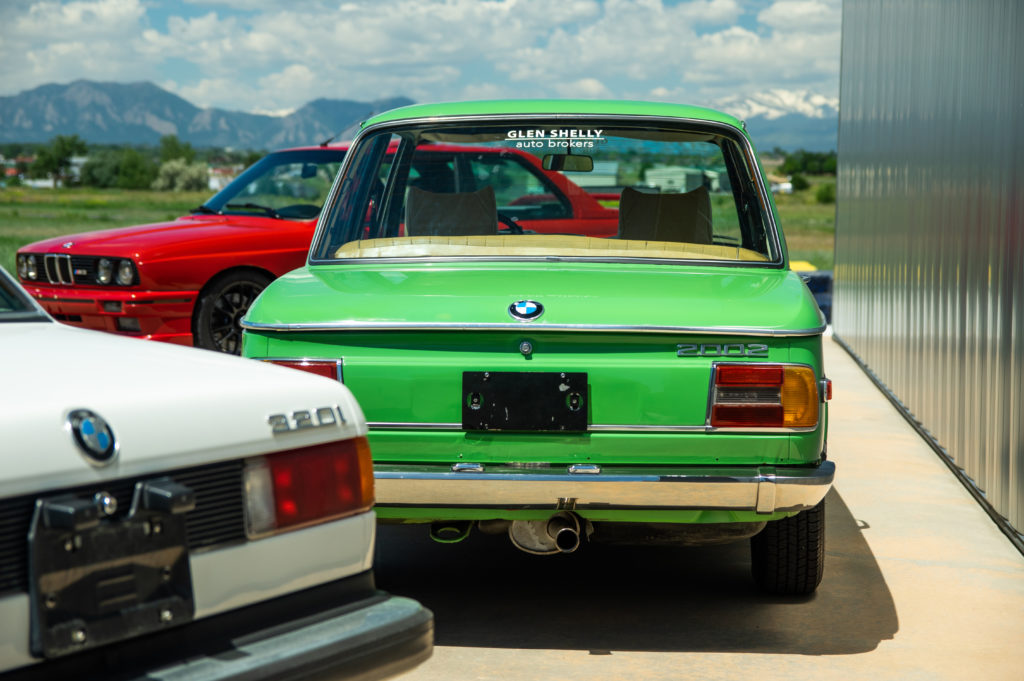
The 2002 was also the lens by which a generation of Americans discovered BMW as a marque, and then passed on that enthusiasm to their children, their neighbors, or anyone else who would listen. That’s because it is nearly impossible to drive a 2002 without cracking a smile. It offered proper sports-car performance in an understated sedan that was civilized enough to take your mother to church. Its simple, sporty, three-box design has aged into an iconic form that is recognized far beyond the vestiges of just the BMW enthusiast. In short order the 2002 cemented the legacy of the BMW sport sedan and set the stage for the 3 Series that would follow.

The connection between the 2002 and the first 3 Series—the E21—is undeniable.
The 3 Series that did follow was the E21—the first official 3 Series. Sold in the U.S. from 1977 to 1983, the E21 shared very similar design logic to its larger 5 Series sibling. The E21 added considerable refinement while sharing an evolved version of the 2002’s M10 four-cylinder engine. The six-cylinder M20 engine would have to wait a generation to make its first appearance in the U.S. market due to emissions, but we did get 2,500 320iS models featuring sport package kit. The E21 was the model of firsts for the 3 Series, with design conventions like four individual headlights, dashboard controls angled toward the driver and the sport package—characteristics and options that would persist for generations.

Spend a little time behind the wheel of a 2002 and an E21 back-to-back (as I did in preparing this photo shoot), and the evolutionary link between the two is undeniable. The E21 is larger, softer, and more comfortable, but the soul of the 2002 is always present. Despite being overshadowed by the 3 Series generations that followed, this is what makes the E21 so good: its direct connection to the 2002.

The E30, the 3 Series that was truly the Ultimate Driving Machine.
Drive an E30, sold from 1984 to 1991 (except for the convertible, which lasted slightly longer), and it’s easy to understand why the E21 was overshadowed. The E30 was the model more than any other that earned BMW the reputation as the Ultimate Driving Machine. The E30 is really that good, thanks to its excellent chassis communication and composure, which allows it to be driven near the limit with ease.

Early models were split between the four-cylinder M10 and the torque-focused “e” M20 six, while the later plastic bumper E30s had the higher revving M20 “i” six and the more advanced dual overhead cam M42 four-cylinder. The E30 also saw the first all-wheel-drive system in a BMW, and the first M3. Although the six-cylinder M20-powered 325i was the most popular, the wide-body S14-powered M3 was the most legendary, thanks in no small part to its domination in motorsport. By the E30, BMW had mastered the 3 Series recipe—and the 1980s market, driven by its need for copious displays of wealth, responded with significant purchase volumes over the E21.
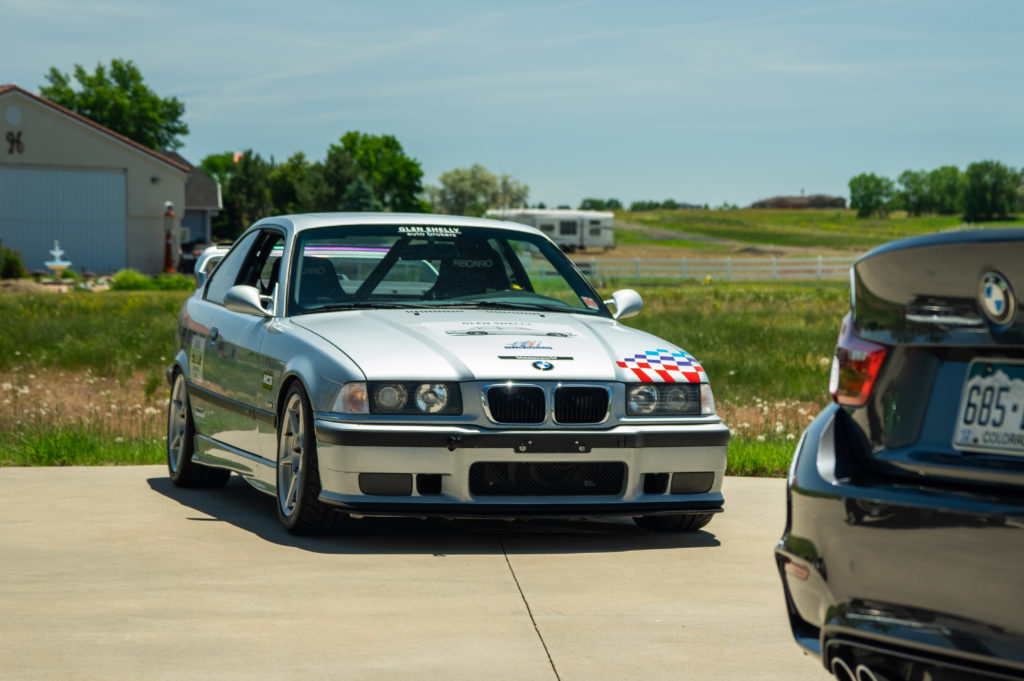
The E36 was a revolutionary leap forward in the evolution of the 3 Series.
If the previous evolutions of the 3 Series were incremental, the E36 was revolutionary. Sold in the U.S. from 1992 to 1999, its computer-aided design was a stark departure from the traditional three-box 3 Series design language. Inside, the cockpit was unapologetically driver-focused, with steeply angled controls under a center vent reminiscent of Darth Vader’s headgear. Beneath the skin, the six-cylinder M50 and M52 engines were also revolutionary, featuring VANOS variable cam timing, coil-pack ignition, and water pumps that would promptly fail at exactly one mile over 60,000, just to ensure that it was regularly serviced! (Note to literal readers: That’s hyperbole, but it’s not too far off reality.) A new multi-link rear suspension made the E36 a potent car on the track, which was only made better when a BMW CCA letter-writing campaign persuaded BMW to bring the U.S. its own unique M3 despite the limited sales success of the E30 M3. We responded in kind, buying E36 M3s by the thousands—significantly more than the rest of the world by the end of production. With the E36, the M3 was also offered in a sedan and convertible, and 100 Lightweight versions; expensive and nearly sale-proof at the time, the E36 M3 Lightweight has now become a significant collector BMW.
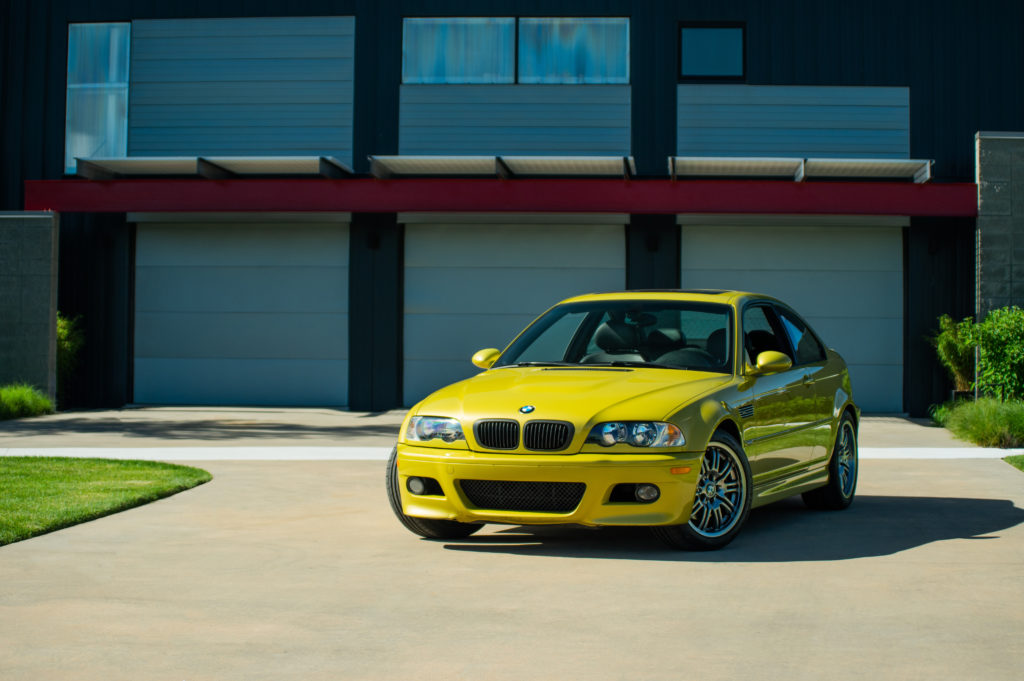
The E46 3 Series was perfection!
Where E36 was the revolutionary, the 1999-to-2006 E46 3 Series was evolutionary. It was the last 3 Series before BMW’s marked shift from a driver-focused chassis to a technology-centric driving system. The E46 offered considerable refinement over the E36, without compromising any of the DNA that had now come to define the 3 Series. All-wheel drive returned with the E46, and the U.S. market saw its first 3 Series wagon, available with all-wheel-drive or a manual gearbox—or both.
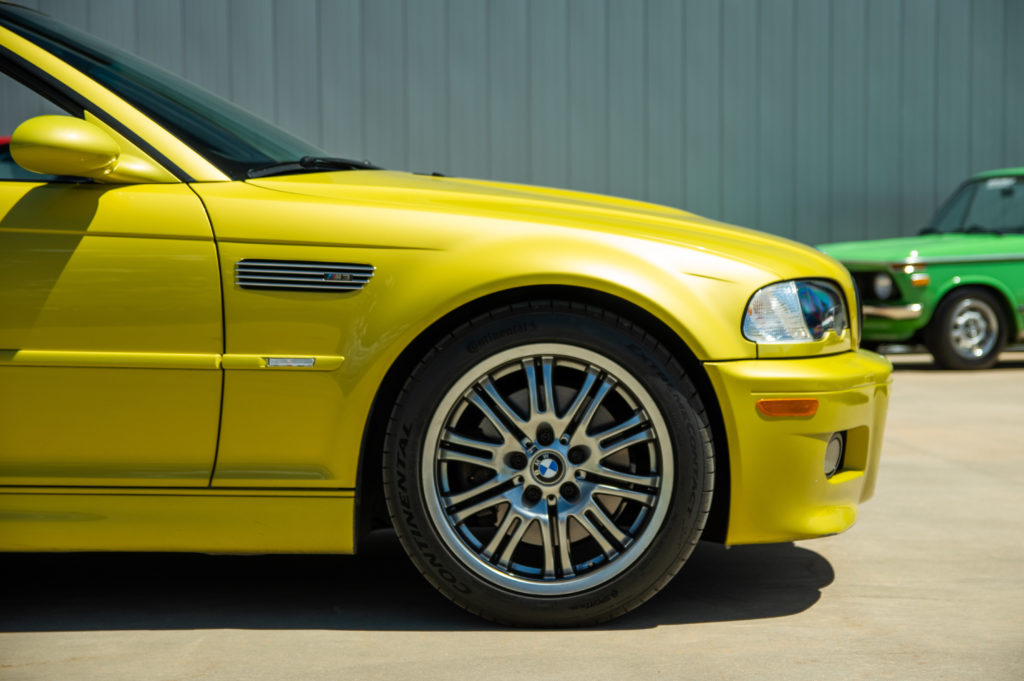
The E46 M3 came as a coupe or convertible and unlike the E36, it came to the U.S. in the same form as the rest of the world, with the formidable 330-horsepower S54 engine under its aluminum hood. The S54 was the last high-revving, high compression, naturally aspirated six-cylinder engine produced by M GmbH. The Competition Package (ZCP) made its first appearance in the last two model years of the E46 M3, an optional sum-greater-than-its-parts combination of springs, brakes, and steering that honed the already brilliant M3 into an apex-carving scalpel on the track.

Technology was the theme in the E9X 3 Series.
The E90, E91, and E92 (E9X, broadly speaking) 3 Series generation that sold from 2006 to 2013, had model-crept into a significantly larger and complicated car, but that wasn’t a bad thing; with the E9X, the 3 Series had matured. Adults could now endure road-trip durations comfortably in the rear seats. Technology was now the dominating presence, with descriptors like adaptive, intelligent, and professional littering the window-sticker options. iDrive had evolved into an intuitive and comprehensive system by the time it found its way into the E9X—the first in a 3 Series—but at the expense of the oil level dipstick, which many of us still haven’t forgiven.

Some of my favorite bits of tech are the telepathic adaptive xenon headlights that point with the steering wheel to where you are going, along with small lights in the door handles so you don’t soil your driving shoes in a hidden puddle when you get there. A diesel engine and turbos made their first appearance in the E9X, the latter closing the gap significantly between 335i and the M3. The M3 could now be had as a coupe, a sedan, or a hardtop convertible, with an optional carbon fiber roof on the coupe. Under the larger power bulge in the M3’s hood was the last of the old-school M GmbH recipe: a fire breathing, high-revving engine with eight cylinders arranged in a V—a first and a last for the M3.
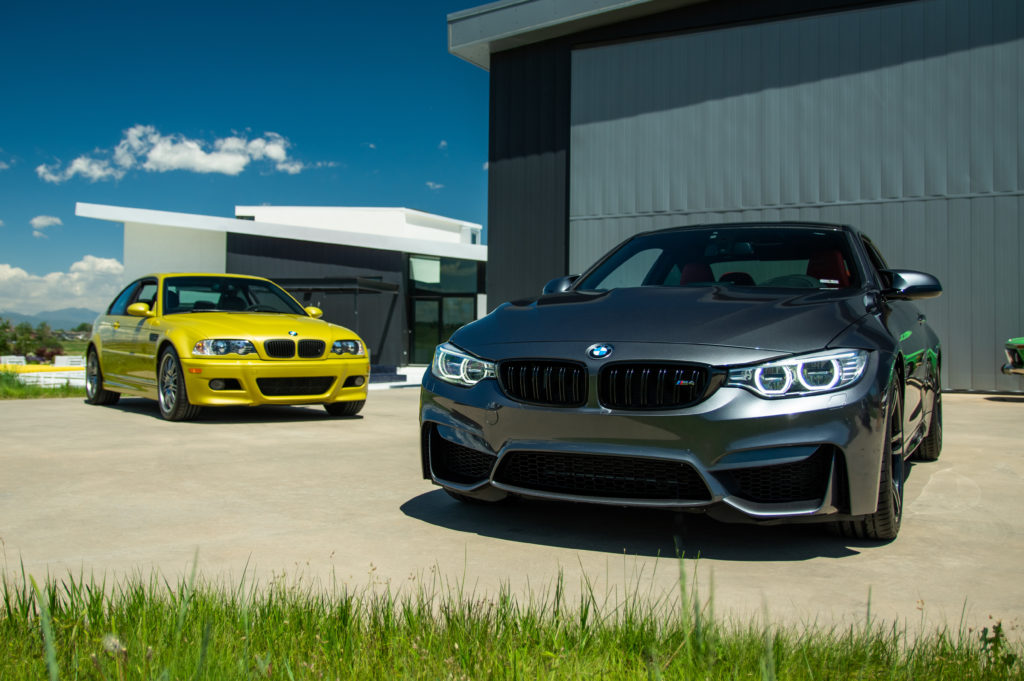
The 4 Series and the M4 were just two new models of the vast expansion of the 3 Series model segment.
By its sixth generation, the defining element of the 3 Series was just how vast the segment had become. The 3 Series family had expanded into a broad subset of models, names, and numbers in which only the four-door sedans actually wore the 3 Series badge, although all 3 Series and 4 Series variants were fundamentally in the segment. Two-door versions were now labeled 4 Series, as was the sporty four-door 4 Series Grand Coupé.
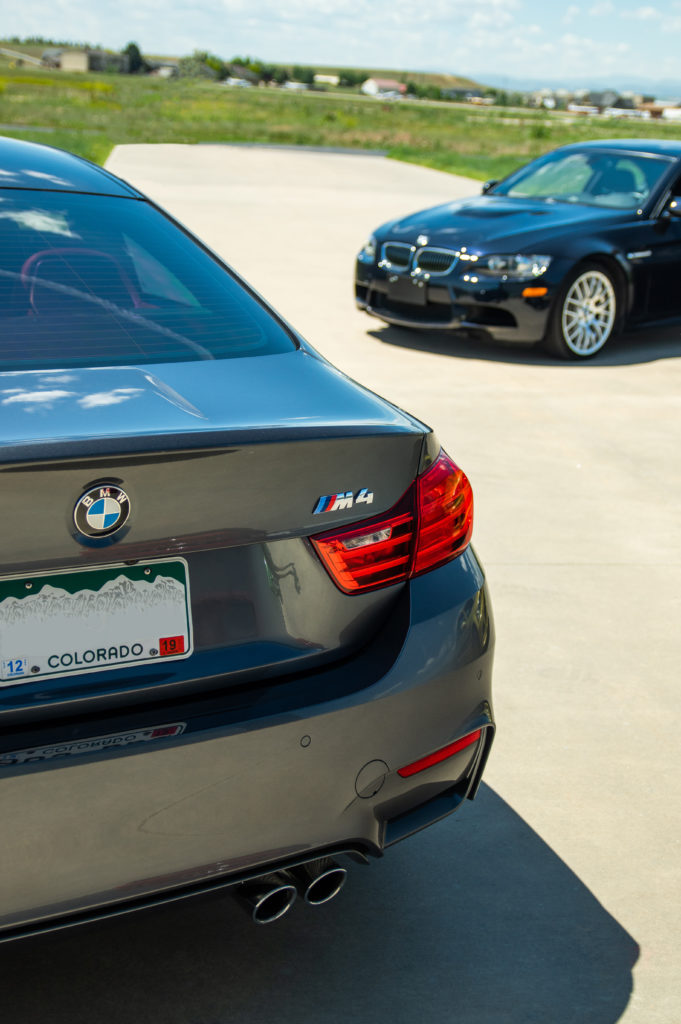
Having run out of E codes for the sixth generation, model codes now started with Fs, and the M3 and M4 had their own unique F code designations. Turbos were now standard on every engine, which allowed the powerful, yet fuel-efficient four-cylinder to return after a two generation absence. Diesel and hybrid power plants rounded out the engine options, while wagon, a Grand Turismo fastback, and Gran Coupé body styles augmented the standard sedan, coupe, and convertible. The M3 and M4 were powered by the twin-turbo S55 engine and adorned with carbon-fiber inside and out—initial models even had a carbon-fiber driveshaft.
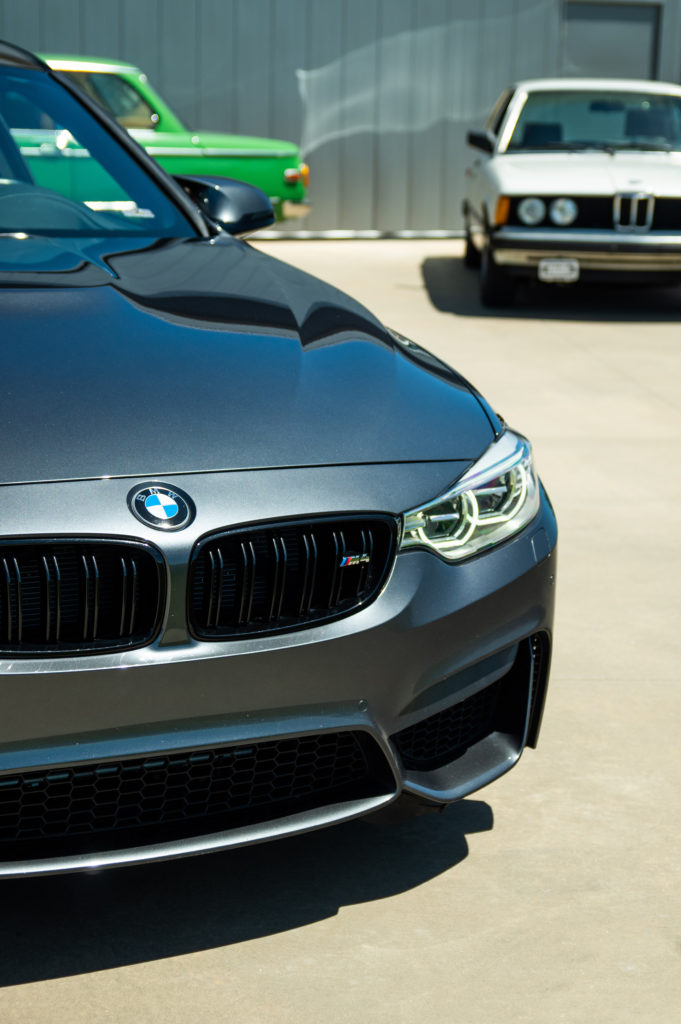
Including the 2002 and the 3 Series that followed, the G20 3 Series, the 4 Series, and their M counterparts have over 50 years of heritage to live up to—but they must also live in the modern world. As that world has changed over those 50 years, the 3 Series has always changed with it, and always set, and maintained the standard along the way. If history is a barometer, it will continue to do so with the G20 3 Series and the models beyond that will lead us into the future.—Alex McCulloch
[Photos courtesy of Peter Thompson.]

